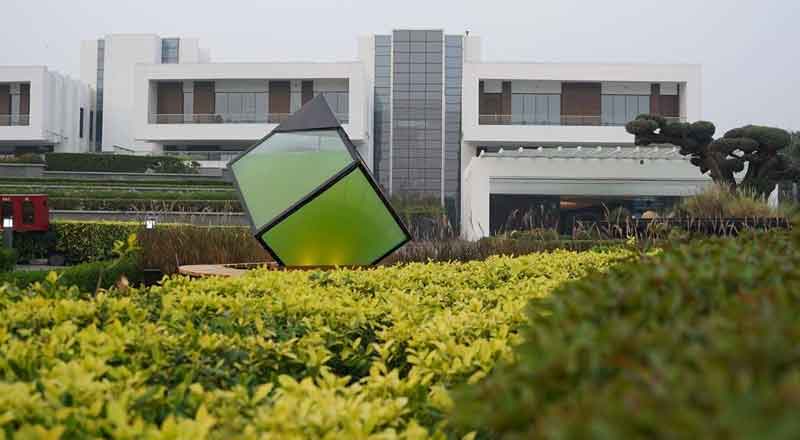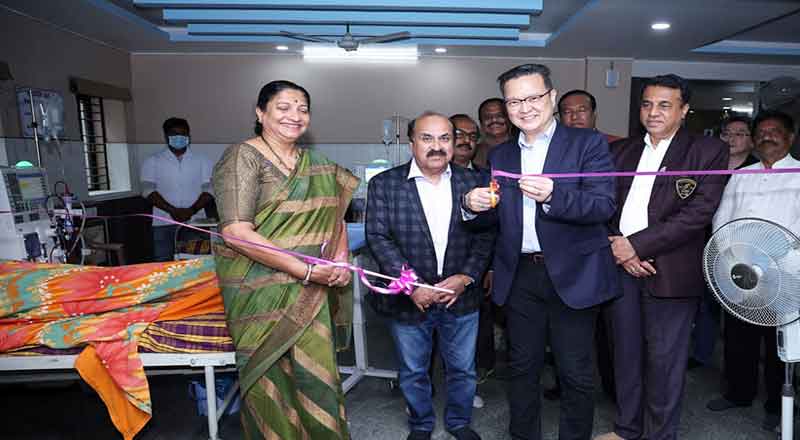Starliner Mission Faces Uncertain Timeline
Initially projected to last only a few days, the first crewed test flight of Boeing’s Starliner spacecraft, with astronauts including Indian-origin Sunita Williams and Butch Wilmore on board, now faces significant uncertainty regarding its return to Earth. The mission could extend far beyond its original plan, with NASA currently exploring a much longer duration.
Potential Extension to 90 Days
NASA’s Commercial Crew Program manager, Steve Stich, revealed that the space agency is considering extending the Starliner mission from the initially planned 45 days to up to 90 days. This extension would provide more time for thorough testing and analysis, especially in light of the issues faced by the spacecraft during its journey to the International Space Station (ISS).
Challenges Faced by Starliner
The Starliner faced multiple technical issues, including helium leaks and thruster outages, which were discovered during its early June journey to the ISS. Despite these problems, NASA officials have assured that the spacecraft is safe for the astronauts and they are not in a hurry to bring them back. According to Stich, determining a firm return date depends on the successful completion of various tests and reviews.
Ground Tests in New Mexico
One of the key reasons for the potential mission extension is the need for extensive ground tests in New Mexico. These tests aim to understand the root cause of the thruster malfunctions that occurred during the spacecraft’s journey. Stich and Mark Nappi, vice president and program manager of Boeing’s Commercial Crew Program, emphasized the importance of conducting these tests while the Starliner is still in space to pinpoint the issues.
Crew’s Routine Activities on ISS
Meanwhile, Sunita Williams and Butch Wilmore have integrated with the rest of the ISS crew, participating in regular tasks and scientific experiments. Despite the technical setbacks with Starliner, they continue their duties on the space station, contributing to various research and maintenance activities.
Additional Technical Issues
During its journey, the Starliner encountered several helium leaks and thruster issues. The spacecraft’s service module, which is designed to be jettisoned and destroyed during re-entry, faced multiple challenges that required careful analysis and troubleshooting by both NASA and Boeing teams. To maximize learning from these issues, the decision was made to keep the Starliner docked with the ISS for the time being.
Uncertainty Over Mission Extension
While NASA is contemplating extending the mission to 90 days, it still needs to ensure that the Starliner’s battery life can support the extended duration. The batteries are being recharged at the ISS, and officials are confident that they will perform reliably over the extended period. However, the decision is pending further analysis and clearance.
Boeing’s Ongoing Challenges
The aerospace industry frequently deals with cost overruns, delays, and missed deadlines. Boeing’s Starliner program, in particular, has faced significant challenges, especially when compared to SpaceX’s Crew Dragon, which has been operating successfully since its first test flight in 2020. Despite having the advantage of designing the Starliner from scratch, Boeing has encountered several hurdles that have delayed its progress.
NASA’s Latest Updates on ISS Operations
In the latest update from the ISS, the Expedition 71 crew has been busy with a range of tasks, including preparing for the departure of a US cargo craft and conducting scientific research. NASA’s Boeing Crew Flight Test astronauts have also been involved in space botany experiments and other routine maintenance activities. The Cygnus space freighter, loaded with trash and discarded equipment, is set to be released into Earth orbit for disposal, marking the end of its five-and-a-half-month mission at the ISS.
Eye Exams and Medical Research
NASA astronauts have also been conducting eye exams and medical research to understand the impact of microgravity on human vision and health. These activities are part of the ongoing efforts to prepare for long-duration space missions and to address the challenges posed by the space environment.
Upcoming Spacewalk and Further Evaluations
NASA is targeting the end of July for the next spacewalk outside the ISS, with teams on the ground working to resolve issues related to a water leak in the service and cooling umbilical unit that cut short a previous spacewalk. This highlights the ongoing complexities and challenges faced in maintaining and operating the ISS.
Russian Crew’s Contributions
Russian crew members on the ISS have also been busy with their tasks, including practicing spacecraft and robotic piloting techniques and conducting experiments to develop new materials for future lunar missions. They have been involved in essential maintenance activities, such as cleaning fans and replacing thermal components, ensuring the smooth operation of the ISS.
Awaiting Starliner’s Next Steps
As NASA and Boeing continue to evaluate the performance of the Starliner’s propulsion system and other critical components, the decision on the mission’s extension remains in flux. The upcoming weeks will be crucial in determining the spacecraft’s next steps and ensuring a safe return for the astronauts. The evolving situation underscores the complexities of space exploration and the continuous efforts to enhance the safety and reliability of space missions.
(With inputs from agencies)





